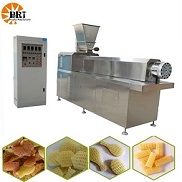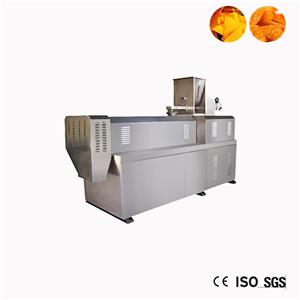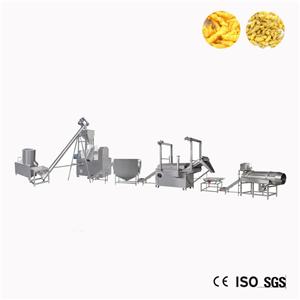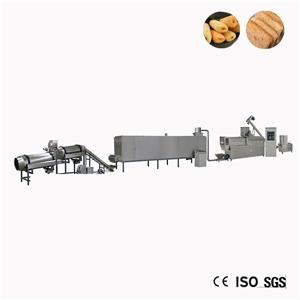-
Quality defects and solutions of expanded feed
After years of practical experience in equipment production. It is considered that the following defects generally appear in the processing of expanded materials: 1. Uneven particle size and length; 2. There are many pores in particles; 3 particle deformation; 4. The hardness of particles is not enough; 5. The particle has poor water resistance and viscoelasticity; 6. The particle incision is irregular and oblique; 7. The expansion of particles is not high; 8. Particles are submerged; 9 particles are big at one end and small at the other; 10. The particles form a concave shape in the double cut plane; 11 particles with tail; 12 particle surface peeling. In this paper, some problems often occurred in the processing of expanded materials are summarized, and the corresponding solutions are put forward.
22-07-2022 -
Ventilation and dust removal in production workshop of feed plant
Ventilation and dust removal in feed processing plant is one of the important auxiliary processes in feed plant. Ventilation refers to the technology of introducing clean air into the workplace or working space to replace the polluted air with high dust concentration. Ventilation is divided into natural ventilation and artificial ventilation. Dust removal refers to the technology of separating, capturing and removing the dust in the dusty air or on the surface of objects. It should be said that in ventilation and dust removal, ventilation is the means and dust removal is the purpose. Therefore, the ventilation and dust removal technology is the most effective measure to reduce the dust in the working environment.
30-06-2022 -
puff machinery knowledge class
16-06-2022 -
Moisture control in production process
The moisture content of pellet feed is a very important quality index, which directly affects the quality of pellet feed and the economic benefits of feed enterprises. Effective control is one of the key technologies to ensure the quality and safety of feed products.
02-06-2022 -
Advantages of wet extruder in aquatic feed productiondog food1 (2).jpg
The difference between wet expansion and dry expansion is that the raw materials are prepared in advance before expansion, and the temperature is increased by steam or water. The so-called conditioning refers to the hot and wet effect of steam on pet food raw materials, so that the starch in the raw materials is pre gelatinized, the protein is denatured and the raw materials are softened, which is conducive to improving the expansion granulation effect and expansion quality of dog food.
14-05-2022 -
The large-scale wet twin-screw pet aquatic feed production line
The large-scale wet twin-screw pet aquatic feed production line
06-05-2022 -
Expanded feed technology
Puffing technology refers to that the material containing certain moisture is sent into the extruder. Driven by the screw rod and screw, the material moves forward to form an axial movement. The mechanical friction between the material and the screw, the material and the barrel and the interior of the material. The material is strongly extruded, stirred and sheared, so that the material is further refined and homogenized. Then, the pressure and temperature inside the cavity continue to increase and rise, and the material is under high temperature, high pressure Under the action of high shear force, the material components have complex physical and chemical changes. Finally, the paste material is ejected from the die hole, resulting in an instant pressure difference, and the material is expanded to form an expanded product with loose structure, porous and crisp.
18-04-2022





